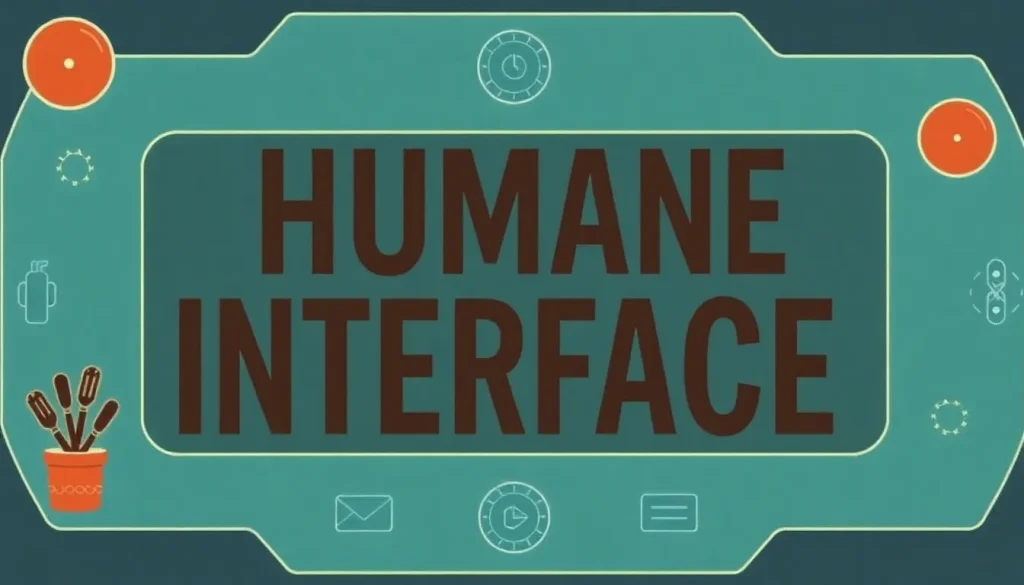Explore Jef Raskin's Humane Interface Ideas at Home

Imagine a world where our interactions with computers are as natural and intuitive as speaking to a friend. This vision, championed by Jef Raskin, the pioneer behind the Apple Macintosh project, emphasizes the importance of creating user interfaces that are not only functional but also humane. In this article, we delve into Raskin's innovative ideas and explore how they can be implemented in our everyday computing experiences.
Raskin's approach to computing was revolutionary, aiming to create systems that respect human limitations while enhancing our productivity. His legacy is rooted in the belief that technology should serve humanity, not the other way around. Through emulation of his designs, you can experience a taste of what Raskin envisioned—a humane interface tailored for efficiency and user-friendliness.
Exploring the Canon Cat: A Unique Emulation Experience
One of Raskin's most notable creations is the Canon Cat, a machine that redefined how we interact with computers. Marketed as a "work processor," the Canon Cat is built on a Motorola 68000 architecture, featuring a unique programming environment through its own dialect of Forth. While it initially appeared to be a simple word processor, it is essentially a fully functional computer.
- Utilizes a single workspace saved en masse to floppy disks, allowing quick access to multiple documents.
- Exclusively keyboard-operated, eliminating the need for a mouse or pointing device.
- Supported by MAME, a popular multi-system emulator, making it accessible for modern users.
Despite its innovative design, the emulation of Canon Cat through MAME has some limitations, including incomplete support for floppy drives and certain built-in functionalities. However, users can still gain valuable insights into its operational style and efficiency. The Internet Archive offers extensive documentation to guide new users in navigating this unique computing environment.
Getting Started with Canon Cat Emulation
To fully experience the Canon Cat, users need to configure MAME properly. A few key steps include:
- Ensure MAME is set up to emulate the Canon Cat.
- Access the setup screen to disable sound beeping, which may cause the emulator to freeze.
- Learn the key mappings and functions to navigate and utilize the editor effectively.
Once familiar with the key sequences, users can enter text, execute commands, and even engage with the hidden Forth interpreter, unlocking deeper programming capabilities. This hidden feature allows users to interact with the machine on a more technical level, enhancing the overall experience and productivity.
Discovering the SwyftCard: A Step Towards Programmable Interfaces
Before the Canon Cat, Raskin was involved in the development of the SwyftCard for the Apple IIe, which shared some principles with the Cat but also introduced programmable features. Unlike the Cat, the SwyftCard allowed users to program in Applesoft BASIC, making it a versatile tool for creative thinkers.
- Includes a single subdivided workspace for document management.
- Features a keyboard-driven interface with customizable key mappings.
- Can be emulated through a software implementation, providing an accessible way to experiment with its functionalities.
Users interested in exploring the SwyftCard can access a software implementation developed by Eric Rangell for KansasFest 2021. This modern equivalent loads the original ROM contents, allowing for a hands-on experience without the need for physical hardware. Documentation and tutorials to guide users through the software setup are available on the Internet Archive, ensuring a smooth learning curve for newcomers.
Implementing Raskin's Ideas: The Humane Environment
Raskin's vision extended beyond hardware into software with the development of The Humane Environment, an interface that encapsulated his design philosophy. Initially created for the classic Mac OS, this software aimed to provide an intuitive workspace that fostered creativity and efficiency.
Some key features of The Humane Environment include:
- A single-workspace editor allowing seamless document management.
- Intuitive commands integrated into the user interface for easy navigation.
- Compatibility with classic Mac systems, facilitating access for users of older hardware.
The software is available for download, with instructions on how to set it up using emulators like SheepShaver or QEMU. This enables users to experience Raskin's ideas in a modern context, exploring how his principles can enhance current computing practices.
Rethinking the User Experience: Every Cul-de-Sac Ends
Although Raskin's innovative designs have not been widely adopted in contemporary computing, they provide valuable insights into how interfaces can be made more humane. By revisiting the concepts behind the Canon Cat, SwyftCard, and The Humane Environment, we can reflect on the importance of user-centered design in today’s technology landscape.
As we continue to integrate technology into our lives, prioritizing humane interfaces can lead to:
- Improved user satisfaction and productivity.
- Enhanced accessibility for diverse user groups.
- Greater respect for human cognitive limitations in technology design.
Ultimately, Raskin’s legacy serves as a reminder that technology should empower users rather than constrain them. By exploring his ideas through emulation and practical implementation, we can pave the way for a more humane computing future.
For those interested in a deeper dive into Raskin’s vision, check out this informative video that showcases the impact of his work on modern interfaces:




Leave a Reply